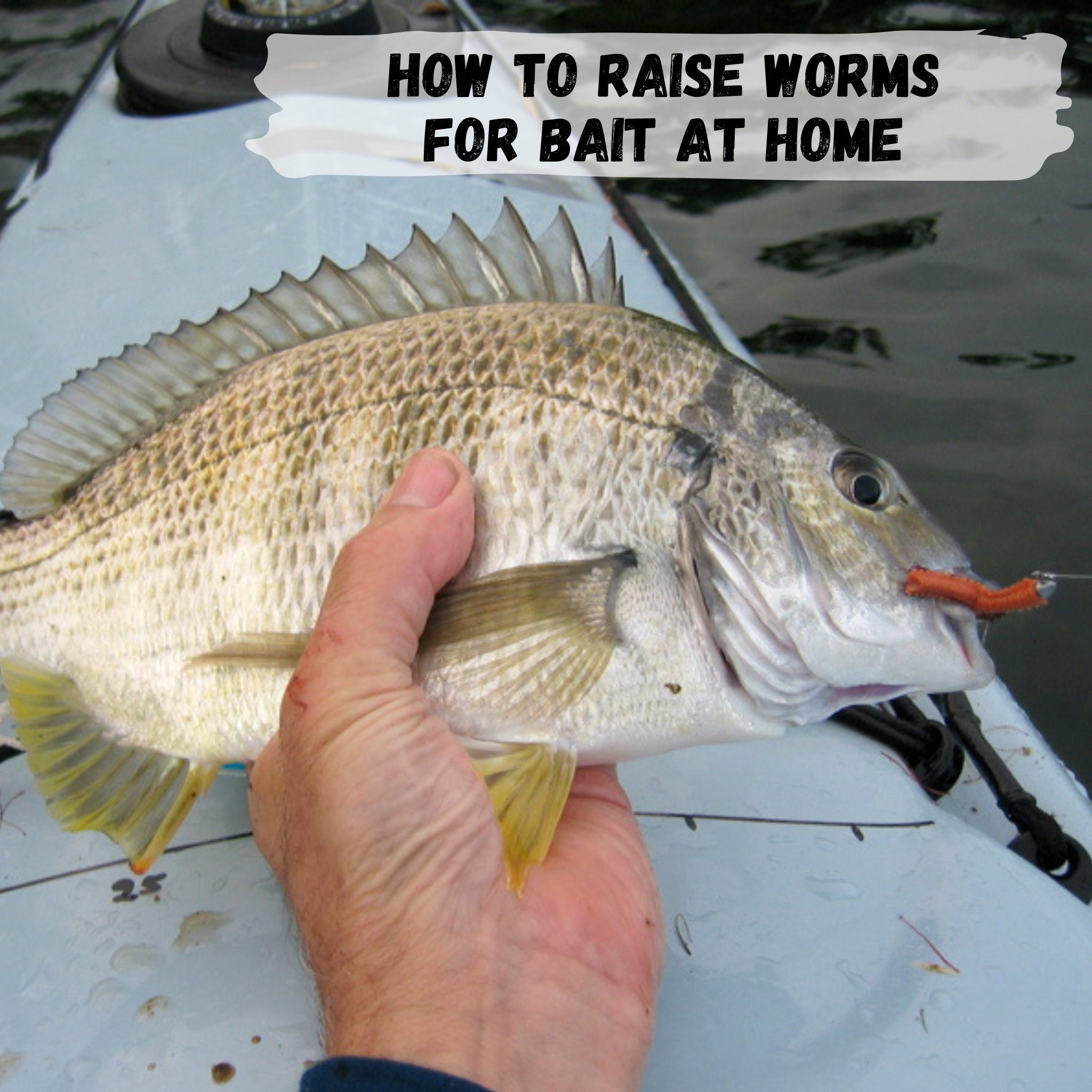The 9-Second Trick For Where To Find Red Wigglers
Table of ContentsThe 8-Second Trick For Where To Find Red WigglersThe 45-Second Trick For Where To Find Red WigglersSome Known Details About Where To Find Red Wigglers The Main Principles Of Where To Find Red Wigglers Fascination About Where To Find Red WigglersThe Ultimate Guide To Where To Find Red Wigglers
For best results, you desire to shoot for about 60-70% wetness degree. At the ideal moisture levels which is simply under 70% that handful must barely generate one decrease of liquid.
The Indian Blue is ravenous, however likewise favors a warmer environment and it also exhibits a tendency to escape the container. The red wiggler is a hardy worm and isn't as fussy regarding its environment. I such as to call it the Ford Taurus of vermicomposting worms; you won't boast to your hardcore composting buddies that you possess them, but they will certainly serve you well.
Like any kind of other lure, a worm's efficiency has involved depend upon its discussion. H.G. "Tap" Tapply underscored this factor nearly a half century earlier in one of his Area & Stream columns. "A worm is such a shapeless creature," he created, "there does not seem to be quite an angler can do with it except stab it on a hook and toss it right into the water." But as Tap demonstrated, an angler can do a bargain to make a worm extra appealing.
Get This Report on Where To Find Red Wigglers
I assume you will too if you try them. The smaller sized the trout stream, the much better worms work is an axiom that hasn't changed in the 100-plus years because Perry composed his short article. Fishermens of his period simply stuck their rickety fishing pole through alder tangles and dropped a heavy worm right into a deep opening.
Morning is prime feeding time, and the lightweight lure's sluggish descent leaves 5 inches of agonizing protein in complete view for a long time. After you have actually made the actors, maintain the bail open and put the pole in a forked stick. The line will certainly diminish the rod in sluggish loopholes as the worm resolves, yet a lot more frequently than not the sluggish loops will certainly end up being a blur, and the early morning will suddenly get rather fascinating.
You can fish deep and cover a great deal of region, and the crawler seems to be the ideal touch for this transitional time, when the smallmouths have yet to lock on to a recommended forage. Dark jigsblack, brown, and purpleseem to match the nightcrawler's color. I typically utilize an entire 'spider, prefer marabou clothing, and drop the rod for 2 or three secs when I obtain a hit.
If it's there, set the hook with a move instead than a jerk. As soon as in a while you'll locate yourself hooked to those slow, hearty yanks, and really feel the weight of a good walleye.
The Best Guide To Where To Find Red Wigglers
When the hefty walleyes move on to the big-water shoals in the late summer season, try pursuing them with a bucktail jig and a 1-inch pinch of nightcrawler. The lure covers the hook factor, deflects weeds, and uses a taste of prey. With absolutely nothing dangling or waving, it remains secure no matter present, casts, or enthusiastic panfish.
Whether you're wading or angling from a watercraft, drifting worms is one of the wonderful searching methods for larger rivers. For trout, a spade-dug, 4-inch garden worm is the appropriate dimension; for bass, walleyes, and steelhead, a nightcrawler may be a far try this better choice. The trick is to wander the lure via feeding and holding locations due to the fact that fish in current are not going to ferret out the bait, as they might in still water.
Fish the transitions: mouths of tributaries, bank-side slicks, and the sides of huge pools. His rule uses to any number of angling maneuvers, consisting of the matter of including an item of worm to a wet fly.

An Unbiased View of Where To Find Red Wigglers
Fill it with shredded newspaper, leaves, peat moss, and dirt. Moisten gently. Cover and let sit for a week. Include a few hundred worms and feed them two times a week. Maintain the bed linens moist yet not wet. On the menu: lettuce, vegetables and fruit waste, and the periodic nongreasy leftover.
Just like veggie scraps, you can take your used coffee grounds and add them to a worm box. Worms like consuming coffee premises. With the appropriate conditions and moist, healthy soil, worms can reside in a container of dust for around 3 weeks. Shop out of straight sunshine and maintain at a temperature between 50 and 80 degrees.
When the hefty walleyes carry on to the big-water shoals in the go to my blog late summer, try going after them with a bucktail jig and a 1-inch pinch of nightcrawler. The bait covers the hook point, deflects weeds, and provides a taste of prey. With absolutely nothing dangling or waving, it continues to be secure despite present, casts, or enthusiastic panfish.
The 6-Minute Rule for Where To Find Red Wigglers
Whether you're wading or fishing from a watercraft, wandering worms is among the excellent browsing techniques for bigger rivers. Where To Find Red Wigglers. For trout, a spade-dug, 4-inch yard worm is the ideal size; for bass, walleyes, and steelhead, a nightcrawler may be a better choice. The trick is to drift the lure these details with feeding and holding areas due to the fact that fish in existing are not mosting likely to ferret out the bait, as they might in still water
Fish the changes: mouths of tributaries, bank-side slicks, and the edges of large pools. His rule applies to any kind of number of angling maneuvers, including the issue of adding an item of worm to a damp fly.
Increasing your very own bait indicates you can slide out of the house and struck the fish pond before Mom comes homejust like in the old days. Below's how to keep a worm box: Cut a sheet of CDX-grade plywood, which is made with waterproof adhesives, to your dimensions. Toenail it with each other and drill a lots 12-inch openings in the base for drainage.
Top Guidelines Of Where To Find Red Wigglers
Fill it with shredded newspaper, leaves, peat moss, and soil. Moisten lightly. Cover and let sit for a week. Add a few hundred worms and feed them two times a week. Keep the bedding moist but not wet. On the menu: lettuce, vegetables and fruit waste, and the occasional nongreasy leftover.
Simply like veggie scraps, you can take your made use of coffee premises and add them to a worm box. Worms love eating coffee premises.
 Rider Strong Then & Now!
Rider Strong Then & Now! Michelle Pfeiffer Then & Now!
Michelle Pfeiffer Then & Now! Michael Fishman Then & Now!
Michael Fishman Then & Now! Nadia Bjorlin Then & Now!
Nadia Bjorlin Then & Now! Stephen Hawking Then & Now!
Stephen Hawking Then & Now!